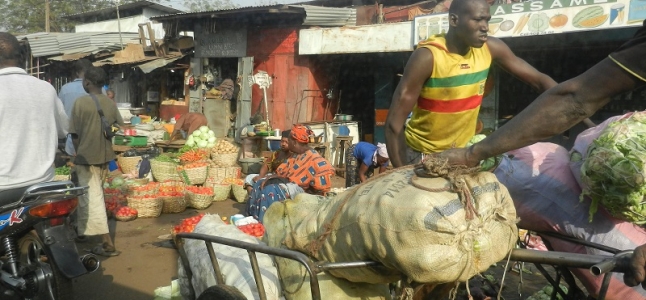As we already reported in April (see this blog post), HiiL is conducting perhaps the largest justice research ever undertaken in Mali. Our clients, the Dutch Ministry for Foreign Affairs and the European Union, are also doing something new: putting more emphasis on using knowledge about justice needs and fairness achieved of citizens as a foundation for rule of law programming.
To recap: using our Justice Needs and Satisfaction Tool more than 8,000 randomly selected individuals were interviewed on justice problems they experience, which processes they use and how they evaluate these processes in terms of process fairness, outcome fairness and costs. We are now analysing the raw data: the final report is expected in early July 2014.
The tool has been also used in Yemen, Indonesia and the Netherlands. What is specific for the study in Mali is that we used GPS enabled mobile devices to conduct the interviews. This method provides the exact coordinates of about 90% of the interviews in our dataset. What can longitude and latitude tell us about justice? There are at least three dimensions that deserve further exploration: methodological rigour, improved ability to understand justice and a leverage for innovative justice products and services.
1. Methodology
Latitude and longitude coordinates can greatly improve the quality control of survey research. This is particularly important for fragile and conflict affected states where reliable data collection organisations are rare or not present at all. GPS data makes it possible to inspect the sampling patterns. In this way the interviewers and their supervisors can receive immediate feedback about their sampling approaches. The feature is particularly interesting for NGOs that have little experience but are willing to conduct field research. NGOs can use the GPS data to monitor the process of randomisation and guide the non-professional enumerators as they are collecting data.
The success of surveys is based on rigorous randomisation. Failing to give each member of the population an equal chance to be selected for an interview leads to various biases which limit the value of the data. The GPS data allow us to assess the rigour of the randomisation. Below is a telling example of two approaches to sampling from our dataset. Both figures show where a couple of interviews were conducted. Each mark represents an interview. In Figure 1, the sample follows a wide step, which assures randomisation. Figure 2 shows a pattern with less spread. It will be further explored to see if this is a systemic error or simply an adaptation of the sampling rules to a complex urban environment.
.jpg)
Figure 1: Good sampling pattern

Figure 2: Suspicious sampling pattern
Furthermore, precise location data improves the comparability potential of before and after studies in which it is not possible to interview the same panel of respondents. Researchers can approximate the characteristics of the two samples through precise targeting of similar locations. In some instances it also makes it possible to select exactly the same household. Numerous evaluative empirical justice research projects can benefit from this feature.
2. Understanding better the geography of justice
How people encounter justice needs and the ways in which they respond are not random. Socio-demographic characteristics, barriers to access to justice, individual and group empowerment and knowledge about resolution of justice problems are only a few of the factors that affect responses to justice problems. Linking justice to location and geography allows us to understand better the relationships between problems, people, communities and institutions. Research in this area is still in its embryonic stage. Below are a few practical representations of the data from our Mali dataset.
The first map shows the experience with justice problems. Red dots represent clusters of respondents who report one or more justice problem. Grey points are clusters of people who did not report a justice problem. Figures 4 and 5 show the geographical distribution of trust in courts and trust in traditional justice. At this level of zooming each marker represents dozens and even hundreds of data points. Zooming in shows much more detail about the particular variable (in Figure 4 – trust in courts).

Figure 3: Prevalence of justice problems.

Figure 4: Trust in courts

Figure 5: Trust in traditional justice
3. Tools for justice innovators
The technology of mobile research with GPS tracking offers new opportunities for justice innovators. First, knowing better where people experience justice needs and where they go to resolve disputes provides greater insight into the supply and demand of justice services. Innovative products can target better areas or populations with specific needs. Second, it makes possible to connect data about justice to other sources with geographical dimensions. Entrepreneurs can be incredibly innovative in creating value from inventive combinations of resources. Here are only a few suggestions of data that can be matched to the data about experiences with justice:
- Public services data (i.e. police calls for service, court statistics, proximity to justice institutions, census data, education records, etc.).
- Data about extraordinary events – natural disasters, weather, conflicts, etc.
- Social media – messages, comments, tweets, posts that are coming from the same or close geographical area.
- Locational data about project interventions such as trainings, informational campaigns, etc.
4. The way forward
GPS technology can contribute to improving access to justice in two ways. First, we are able to estimate the geography of the supply and demand for justice. Geographic data expose access to justice gaps, which cannot be detected with other methodological approaches. This empowers practitioners, policy makers, activists and donors to address the existing justice needs in more effective and efficient ways. GPS provides thorough answers to questions such as, ”Where are the people who need justice?” and “Where are the providers of justice services?” Second, the knowledge about the geospatial characteristics of the demand and supply of justice can lead to new services and products. The challenge now is for the justice innovators and investors to unleash their creative potential. I am confident that in the coming months and years we will witness a wave of new justice services being built around the longitude and latitude of justice needs.
Following the success of the study in Mali, HiiL will continue to explore the intersections between justice research and innovations. Stay tuned!


